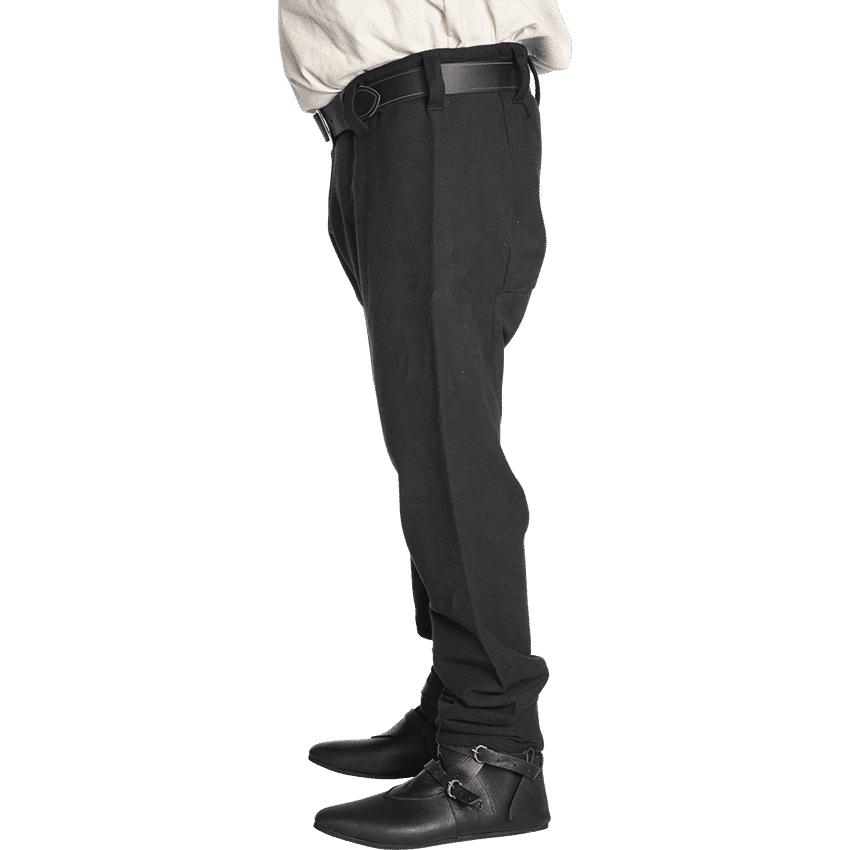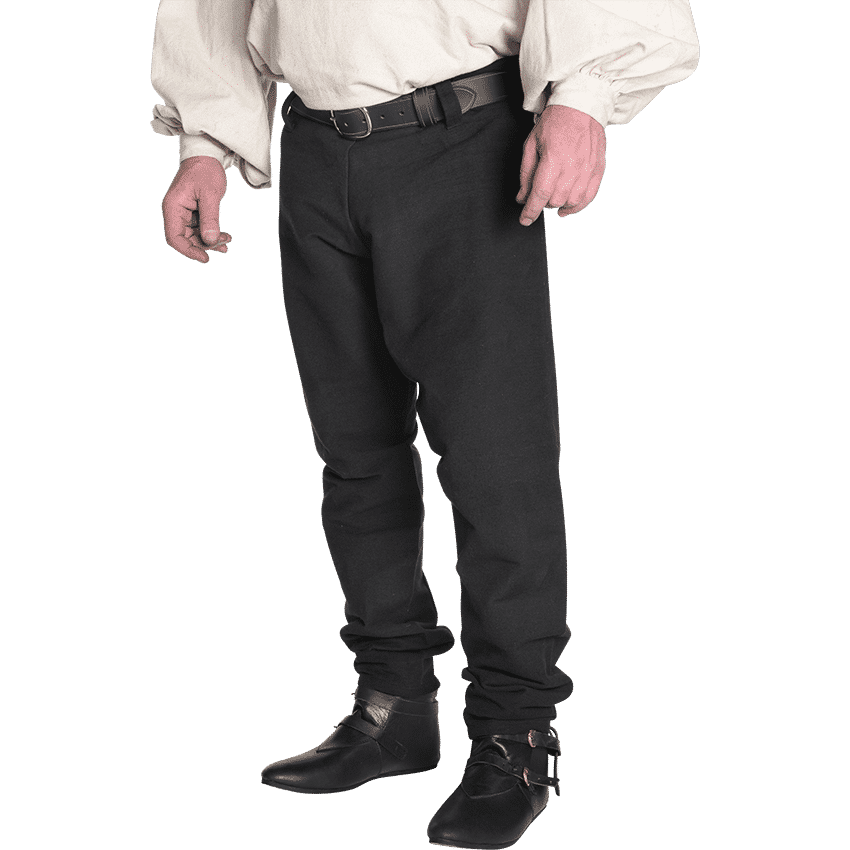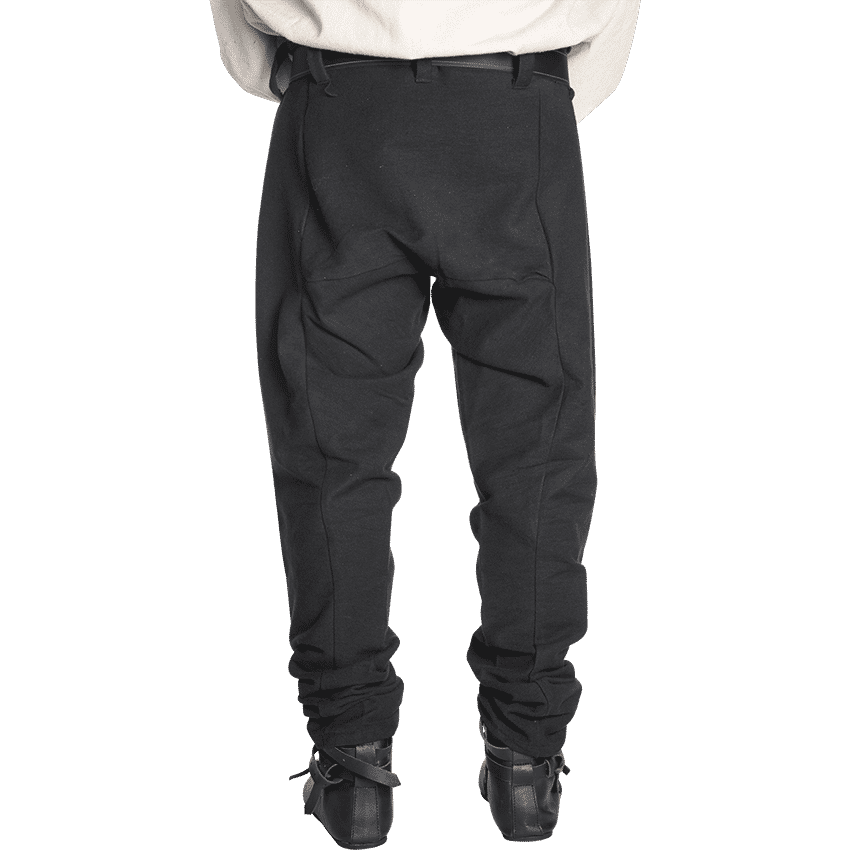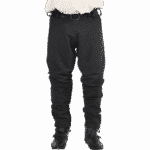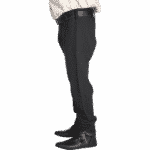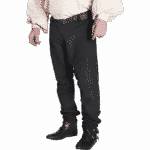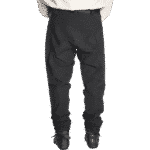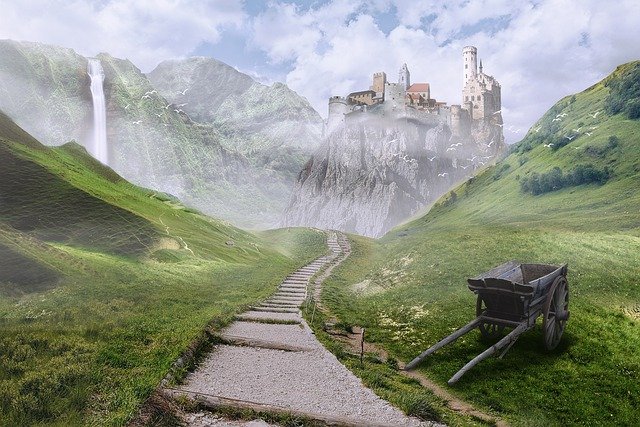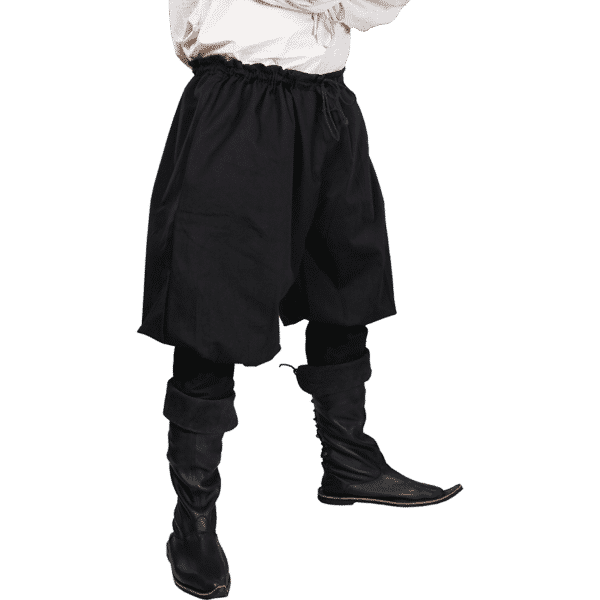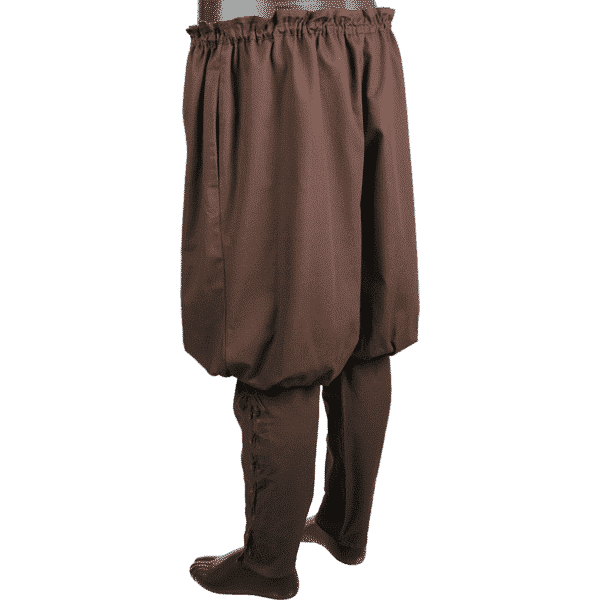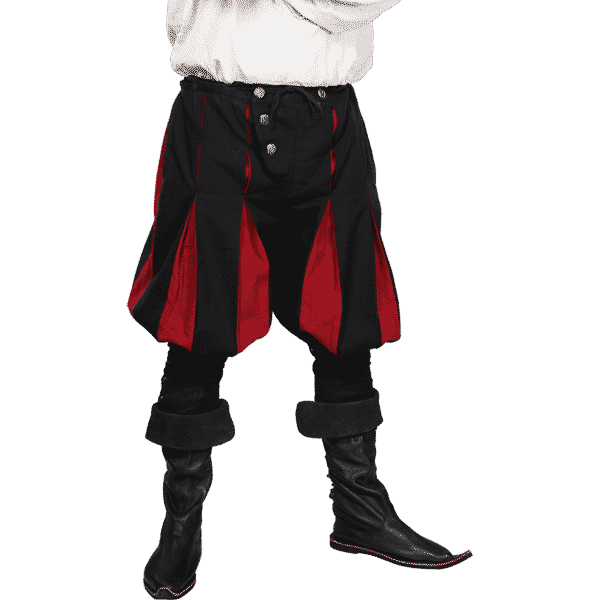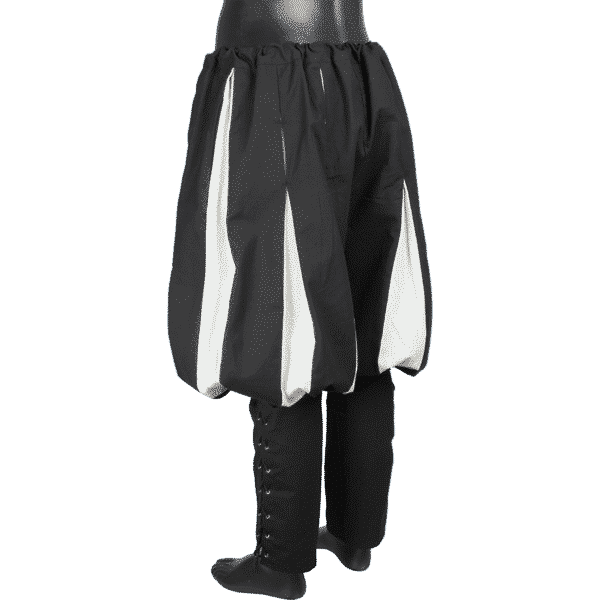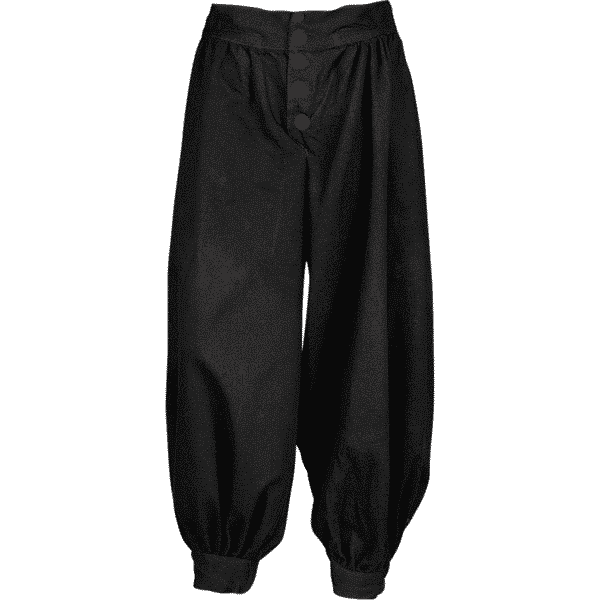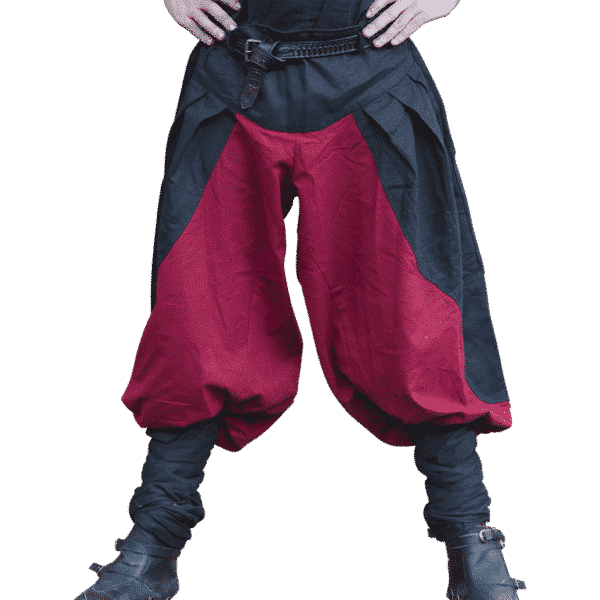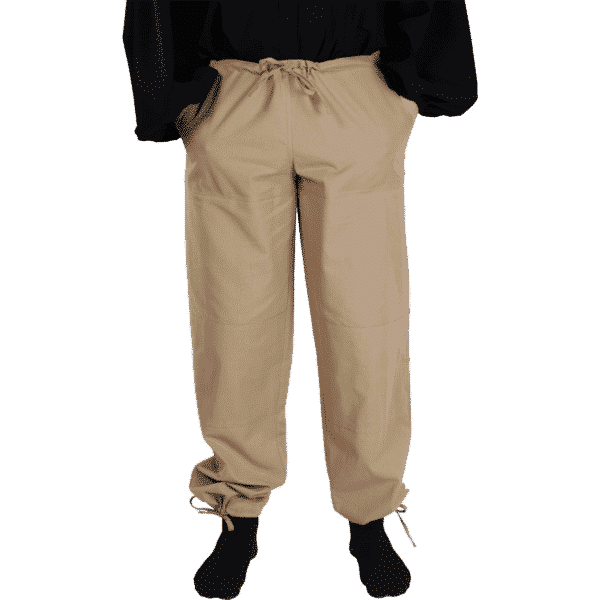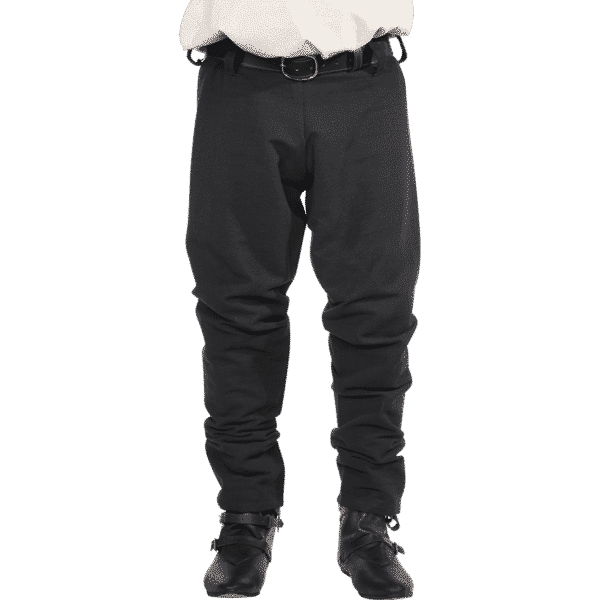Cut Differently – The Viking Pants
Finally, the horns sound through the fog and it’s time for you to leave. You check the oilcloths around your mail and axe, tighten and secure the wraps around your lower legs, and take a final look inland at the mountain peaks that have framed your life until now.
This cut of Viking pants is often associated with the warrior elites of Viking society. There are a number of theories regarding why this style was favoured by fighting men in Scandinavia and other Germanic, Northern European people, but the most commonly held opinion is that the bagginess allowed for comfort on horseback and unrestricted movement in combat. The style likely became popular when the Germanic people that settled Northern Europe were still migrating and horses were still a common feature in their skirmishes and battles.
Secure The Ends
There are many depictions showing the ends of these baggy Viking pants which taper below the knee – enough to assume it was the default style for many people. Some examples appear to use woollen wraps to achieve this, others appear to use a drawstring-type solution. These pants are cut in such a way that they don’t require wraps, though woollen wraps were probably used in cold weather. The baggy ends of poorer quality pants could cause the wearer to trip in combat or become entangled in rigging while sailing unless secured. These pants are cut in such a way as to avoid this situation. The use of gators, or similar garments to reduce loose fabric and water ingress continues to this day and Viking sailors may have had some sort of solution for this type of pant.
Who Wore Them?
The famed Viking, Hauk Habrok (literally – “high breeches”) is known to have worn these Viking pants and is referenced in a number of the Icelandic Sagas. The pleated, gathered style inspiring these pants is often depicted on stone and wooden carvings of the time. There are also references to this type of garment from some of the contemporary sources who came into contact with Viking cultures at the time. Many of these sources only experienced Viking raiders – ie. warrior class. This may help to explain the prevalence of this type of pants in their accounts.
Pleats, Wraps, And Belt
The pleated legs use more fabric than is strictly necessary, adding to the cost of these Viking pants. It’s unlikely that regular people would have paid to make a fashion statement like this. And though historical fiction often represents it differently, Vikings loved colours, dyes, and expensive, exotic fabrics. The dark colour of these pants is more suitable for raiding and stealth. Clothing during this time was already a valuable commodity, worn for as long as possible. This was because most fabrics were made from flax and wool, which both require immense processing to create usable yarn.
Viking Weavers – Master Craftswomen
Scandinavian people used local material such as flax, hemp, nettle, and wool to produce cloth for sails, clothing, and domestic use. And silks and cotton were imported from trade networks that extended as far as North Africa. Most longhouses had an upright, warp-weighted loom, used to make household fabric and sails. Several women of the household might be proficient and weaving was an essential and much-respected skill.
Warriors Only?
Baggy clothing was typically considered to be a feminine style in the Viking world, and these Viking pants represent an exception. Because of the excess of cloth required, and the association with warriors, it’s unlikely that an average person would wear these pants. Archaeological finds of this style tend to be made with the highest quality materials and expertly cut, further suggesting that these were worn by those of high social status who had achieved wealth through battle, raiding, and conquest.
Baggy Pants For Fighting Men?
The baggy, workwear-style pants that were a hallmark of American street culture are thought to have originated from the limited options for clothing in the California Department of Corrections prison system. Young, gang-affiliated prisoners opted for the larger sizes, which were unrestrictive, comfortable, and possibly easier to conceal contraband and weapons in. Naturally, this style eventually carried over into the street and eventually led to brand names like Levis and Tommy Hilfiger releasing short-lived “baggy” lines to cash in on the trend.
The Trappings Of Fighting Men
Now, you might be wondering what this has to do with a pair of Viking pants in the Middle Ages. Well, as much as our material culture and society have evolved, human nature doesn’t change drastically inside centuries. There are well-documented examples of men from this historical period adopting styles, sidearms, colours, and trims to indicate (or at times imitate) their status as a warrior. Stiletto knives and rondel daggers were sometimes worn on the belts of noblemen who had never experienced real combat. Surgeons were occasionally asked by their wealthy clients to deliver a precise cut on the face, so as to look like a duelling scar. If the early Germanic warrior’s who became Vikings wore these pants for practical reasons, they may simply have evolved to become synonymous with warriors.
Historical Examples
The one, fairly complete example of this style of baggy Viking pants from Haithabu were made using high-grade materials with expert weaving and sewing, suggesting this style of baggy pants were for high-status warriors. Whether or not this style was copied by common, non-fighting men to look tough is a matter of speculation. These pants are influenced by a tradition of Viking tailoring perhaps originally inspired by riding trousers worn by Germanic warriors in the migration era. One eature added here which may not have appeared on original pants include belt loops wide enough up to 3-inch belts.
Who Were The Warriors?
The sagas tell us all Viking men of the Jarl and Karl classes were required to own weapons. Certainly, any man who carried weapons could wear trousers like this and those from the earlier Viking Era were more likely to. The lower Thrall class were slaves, forbidden to own property and had no rights under the law. What kind of weapon a person owned depended on their wealth. Swords were expensive to manufacture and were typically reserved for the Jarl classes and later kings. This may have been true for types of trousers too.
Technical Specs
Material: 100% Cotton
Colour: Black
Care: Handwash recommended. Do not tumble dry or bleach.
Size: S-XXL
- S: W – 32 Inches, Outseam – 39 Inches, Inseam – 31 Inches
- M: W – 36 Inches, Outseam – 40 Inches, Inseam – 31 Inches
- L: Wt – 39 Inches, Outseam – 42 Inches, Inseam – 33 Inches
- X-L: Waist – 44 Inches, Outseam – 43 Inches, Inseam – 33 Inches
- XX-L: W – 46 Inches, Outseam – 43 Inches, Inseam – 33 Inches
- XXX-L: W – 50 Inches, Outseam – 43 Inches, Inseam – 34 Inches

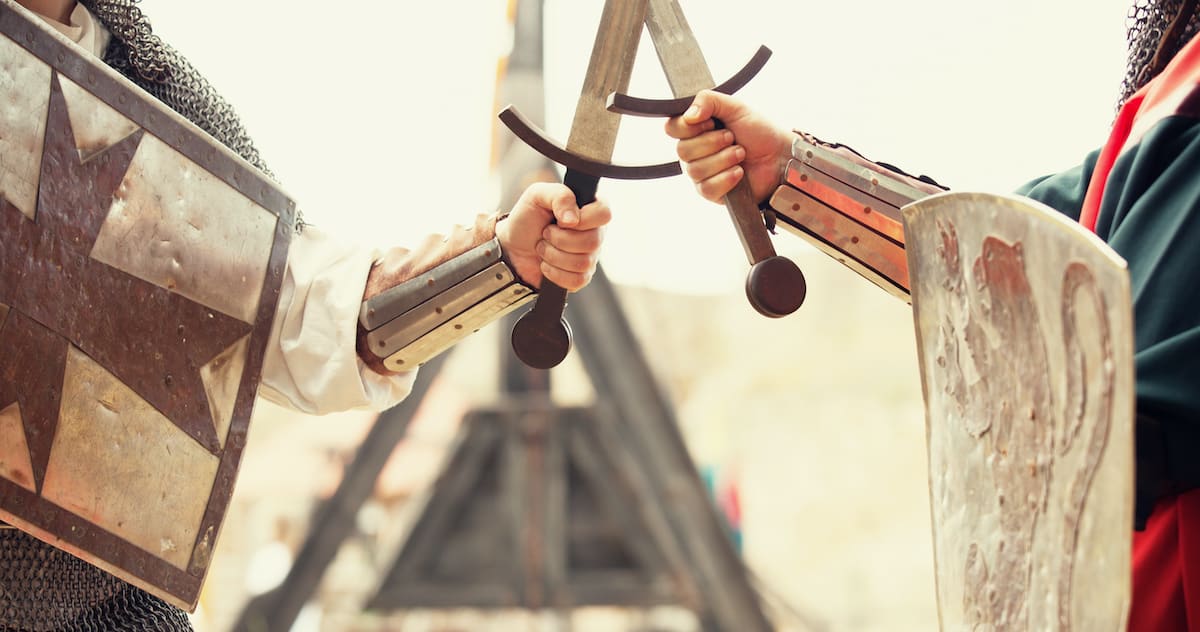 Historical Swords
Historical Swords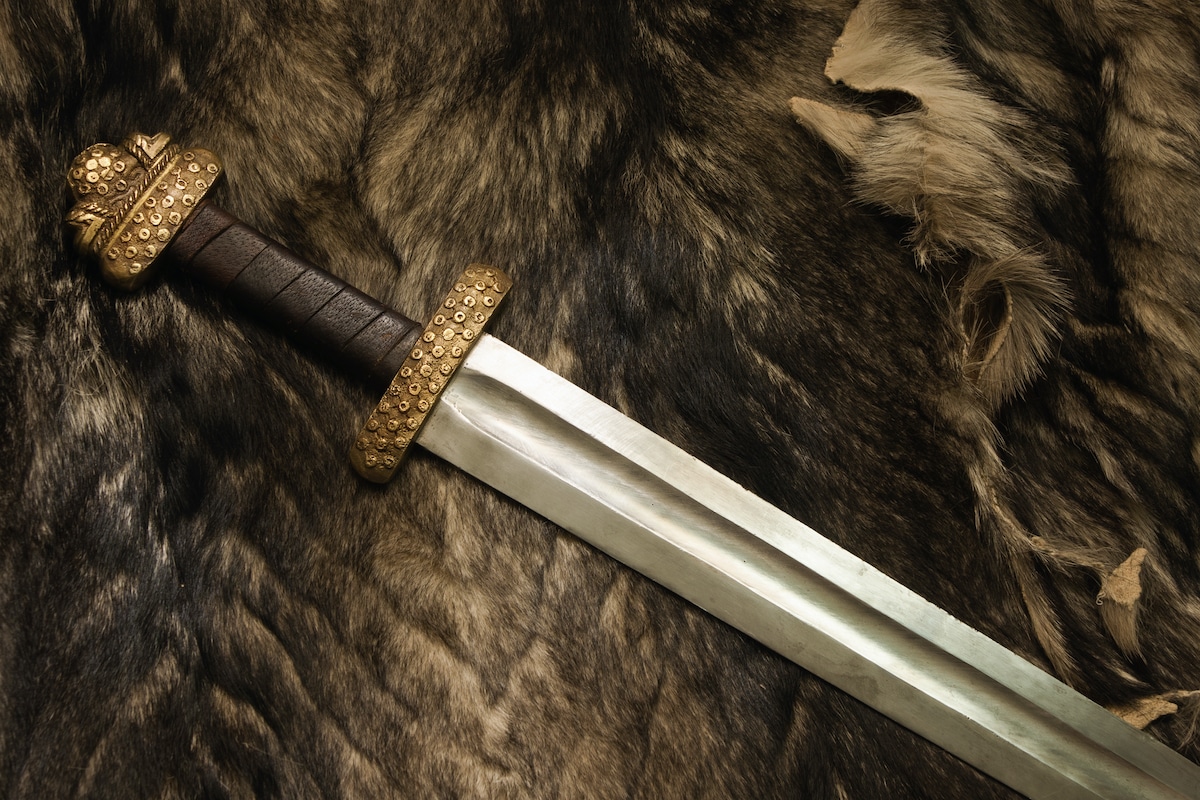 Norse & Viking Swords
Norse & Viking Swords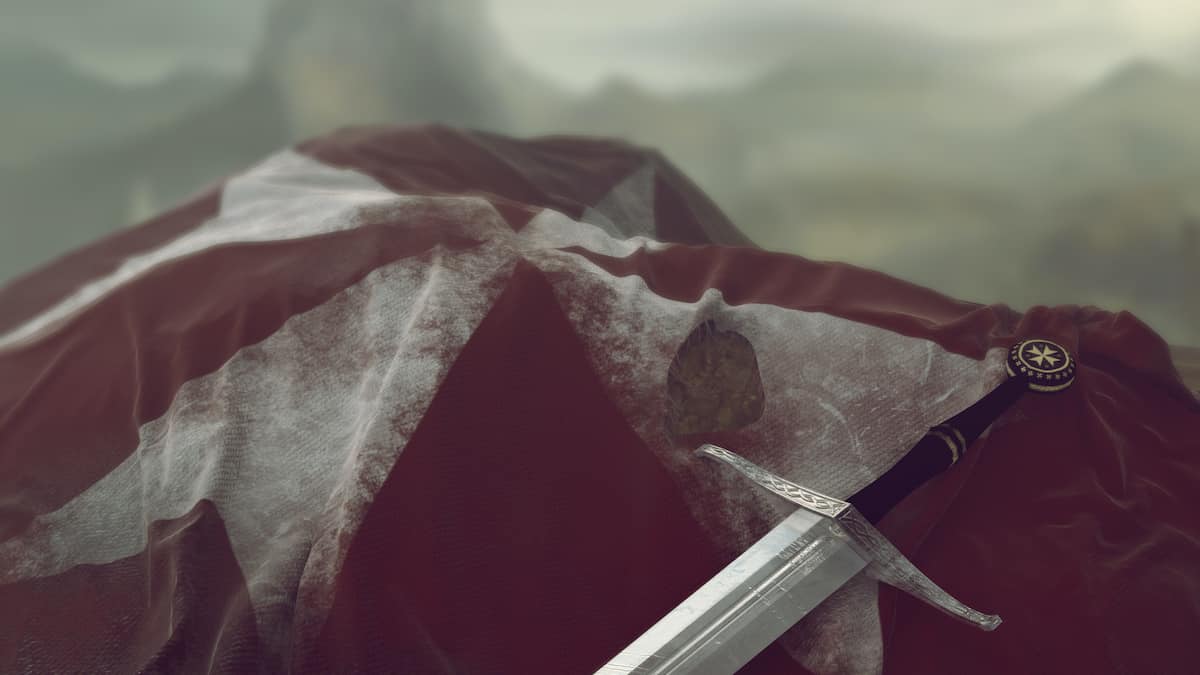 Templar Swords
Templar Swords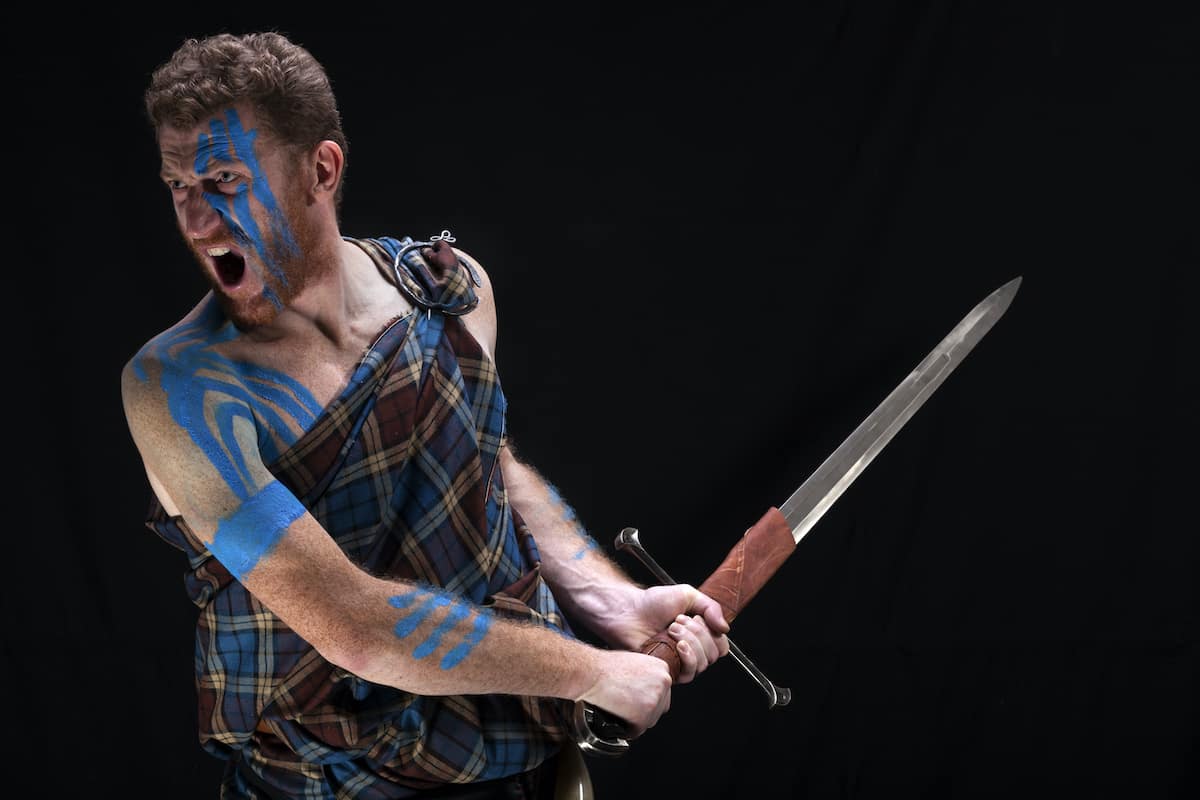 Claymore Swords
Claymore Swords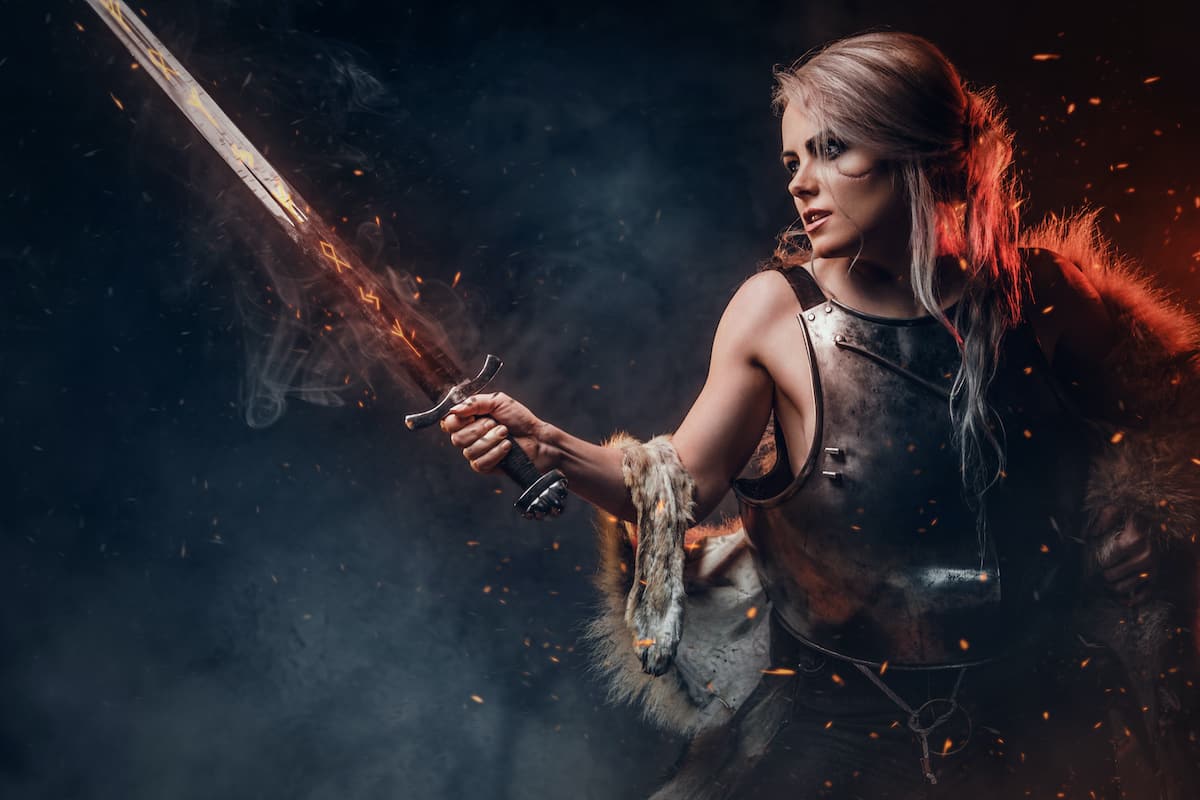 Fantasy Swords
Fantasy Swords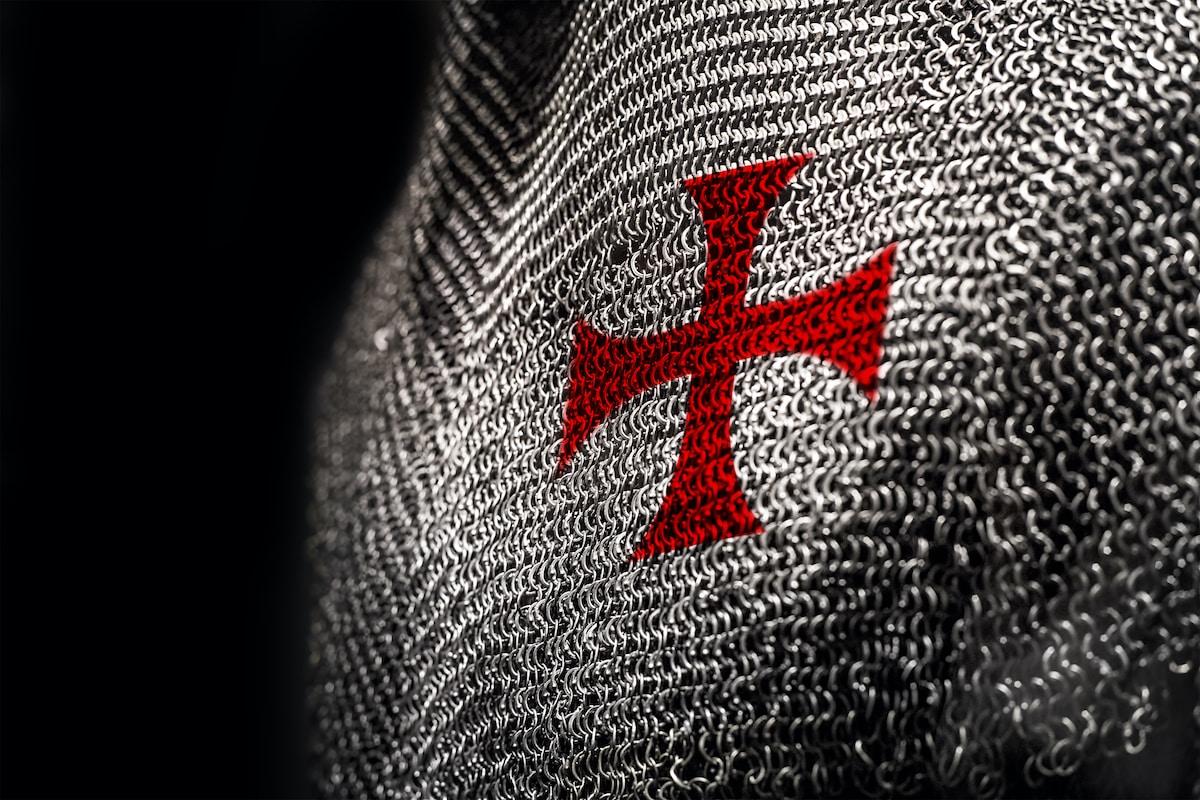 Chainmail
Chainmail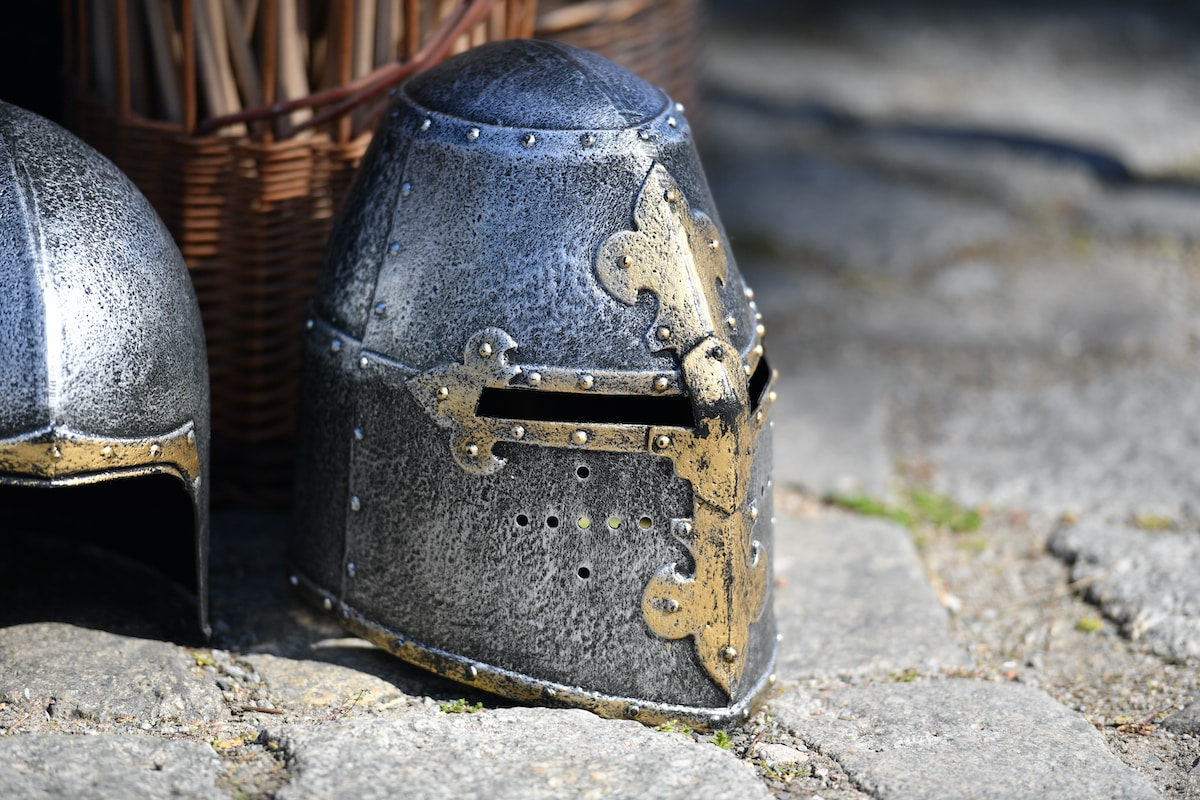 Helmets
Helmets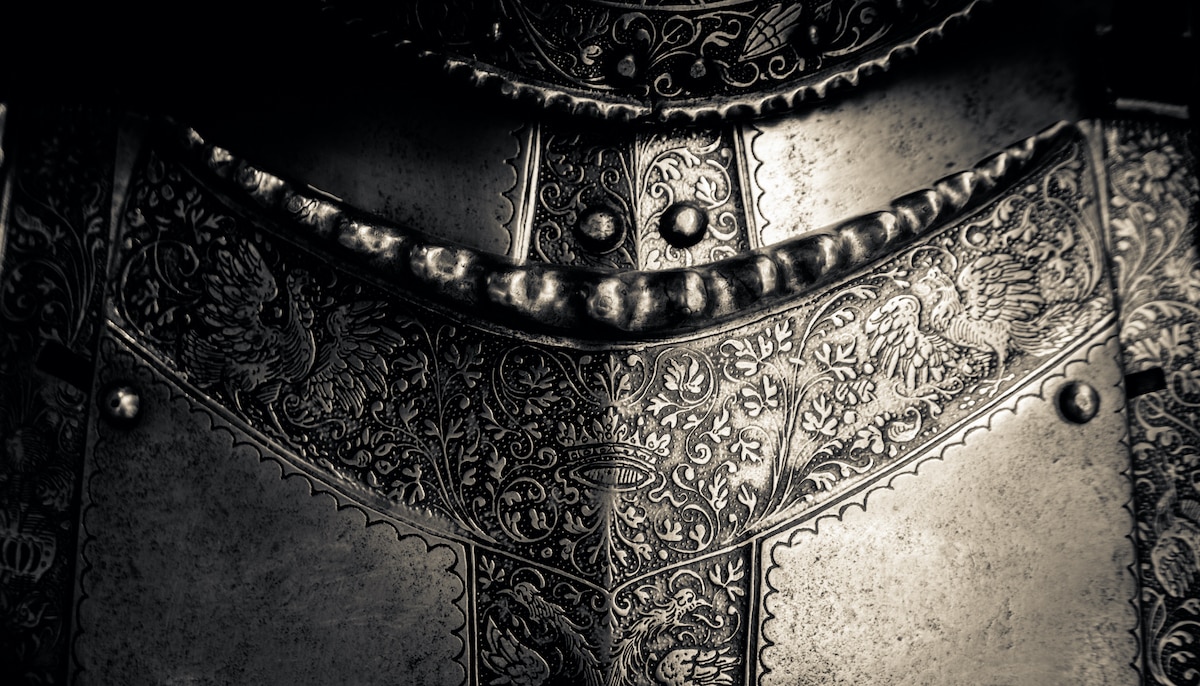 Torso Armor
Torso Armor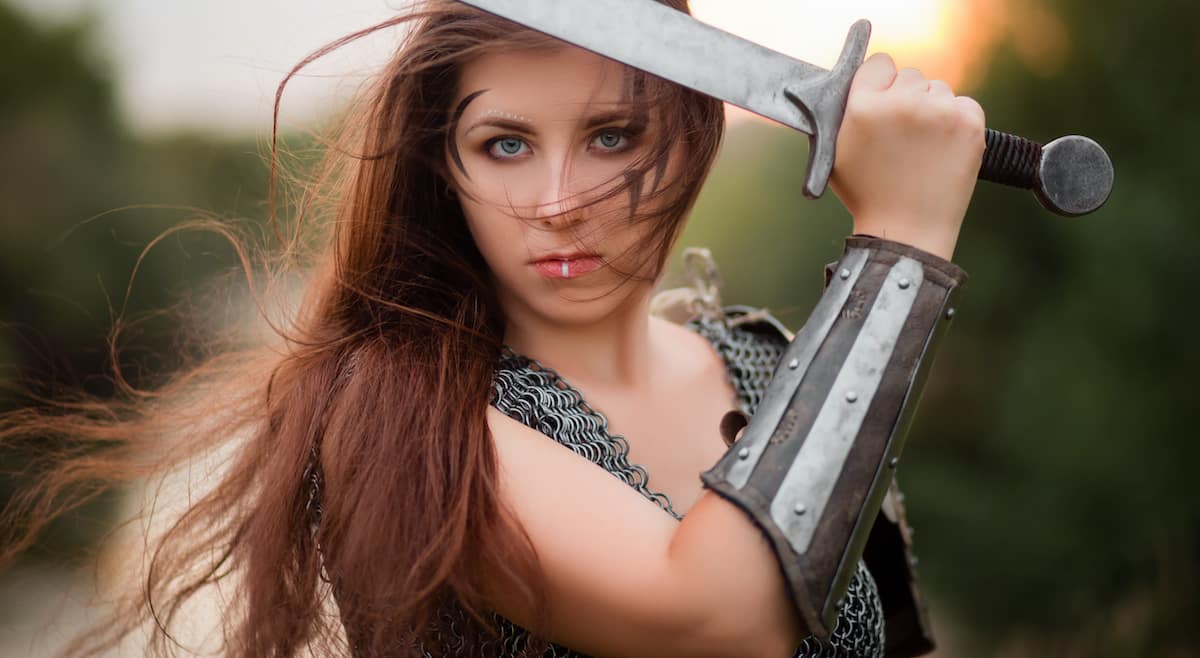 Bracers and Arm Protection
Bracers and Arm Protection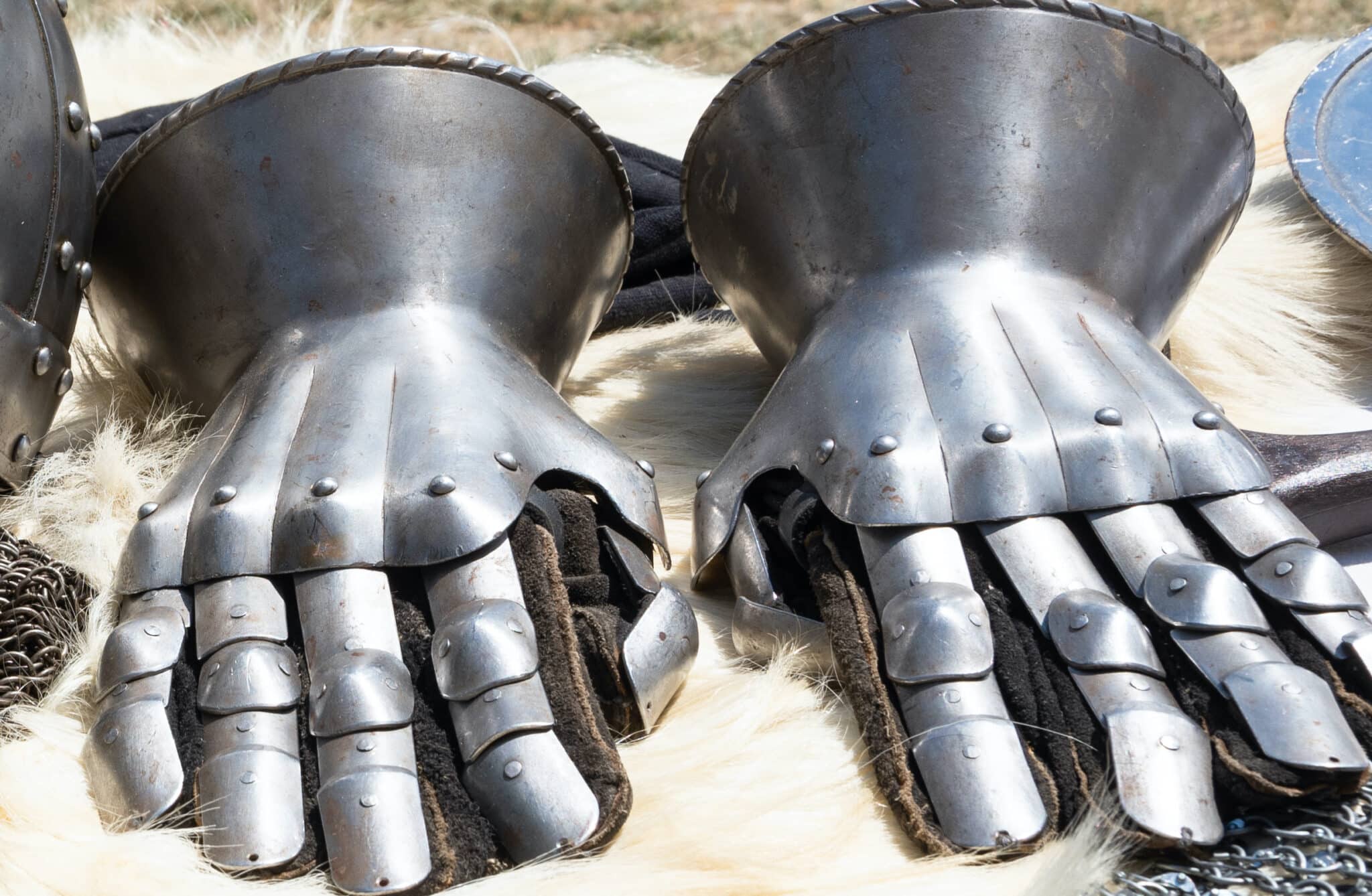 Gauntlets
Gauntlets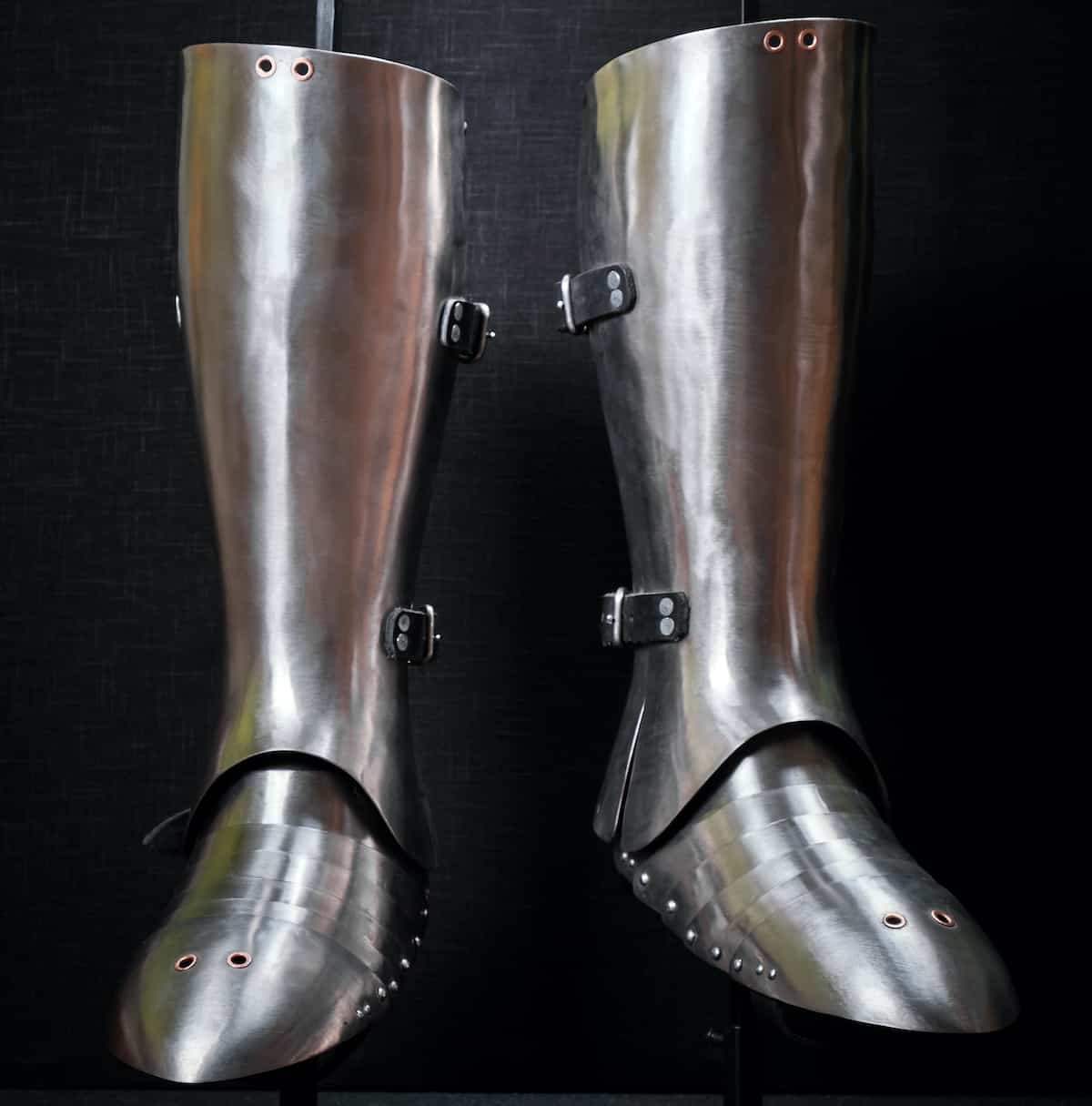 Leg Armor
Leg Armor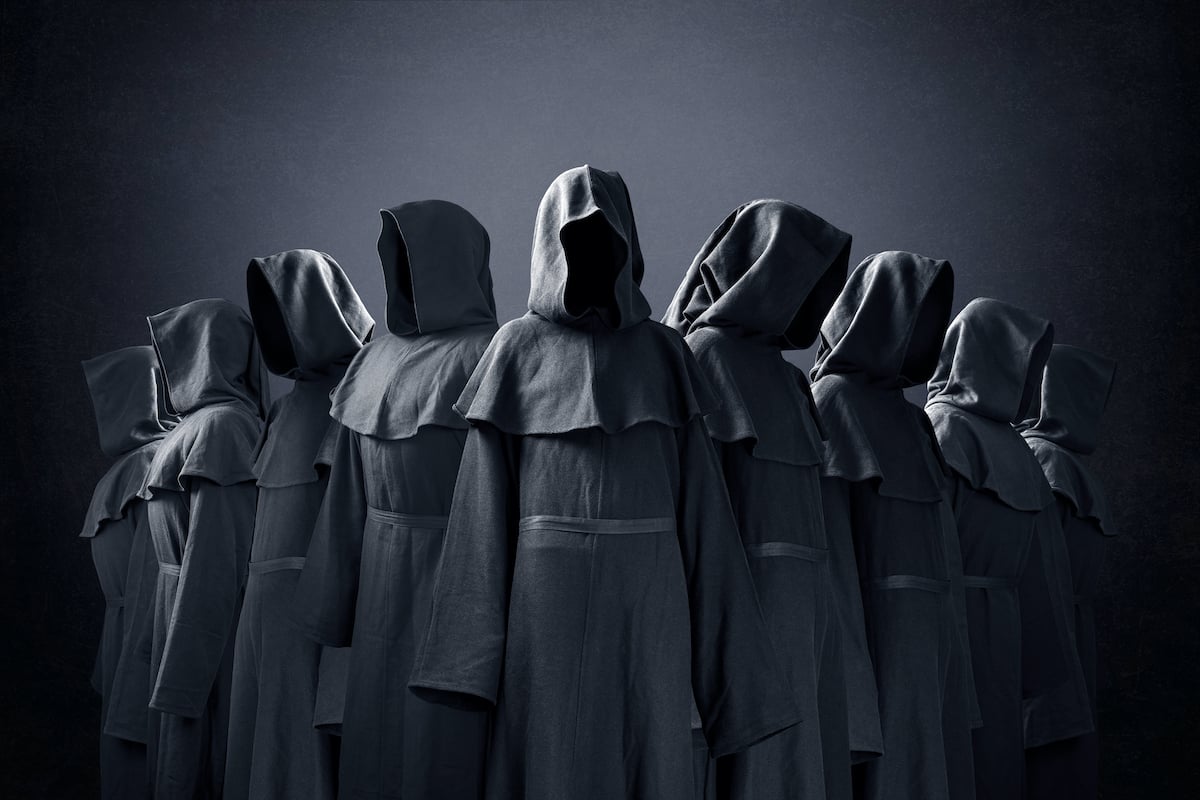 Cloaks
Cloaks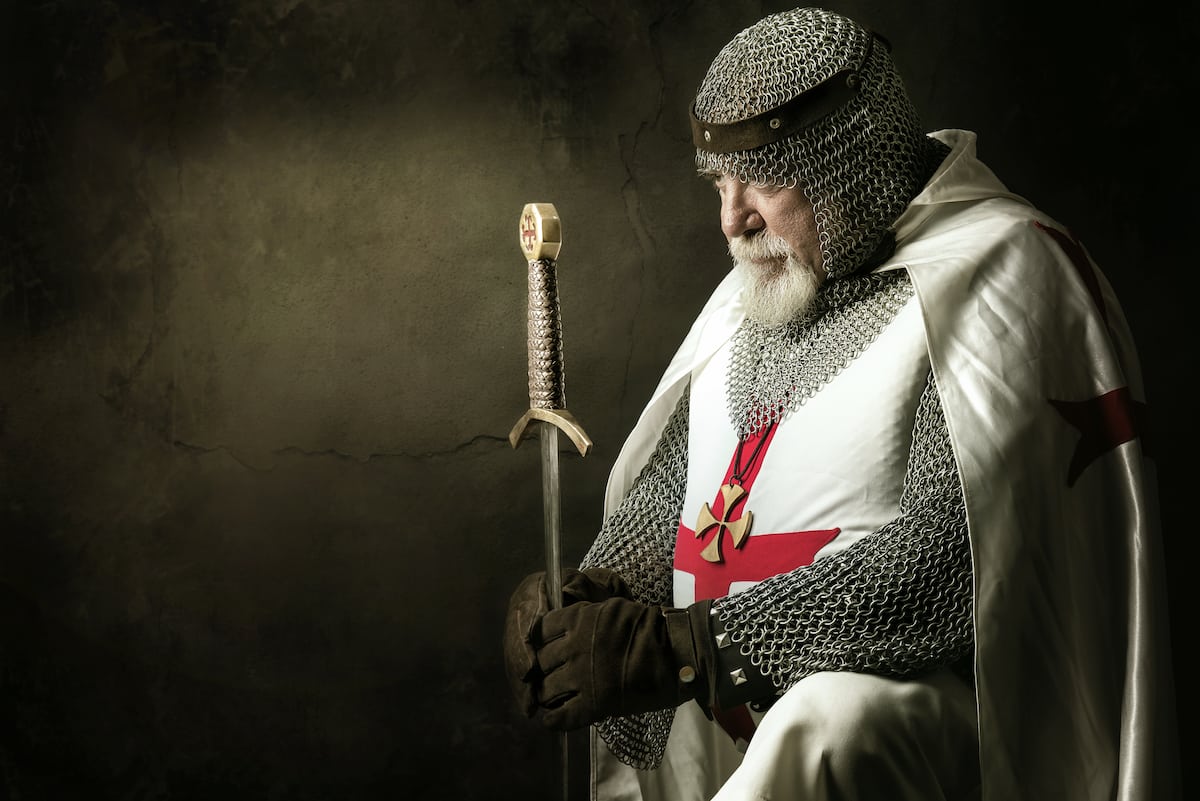 Tabards
Tabards Shirts
Shirts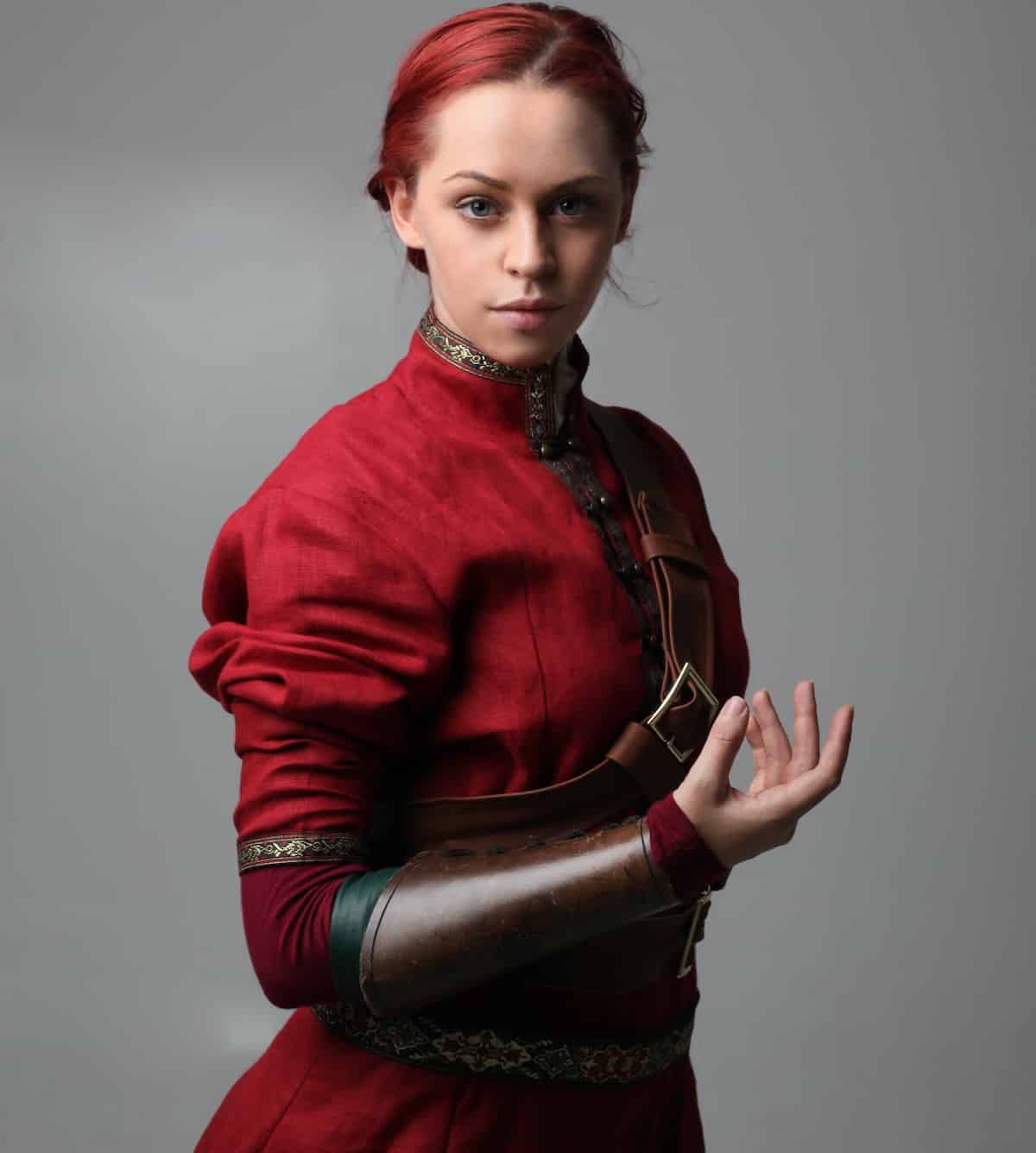 Tunics
Tunics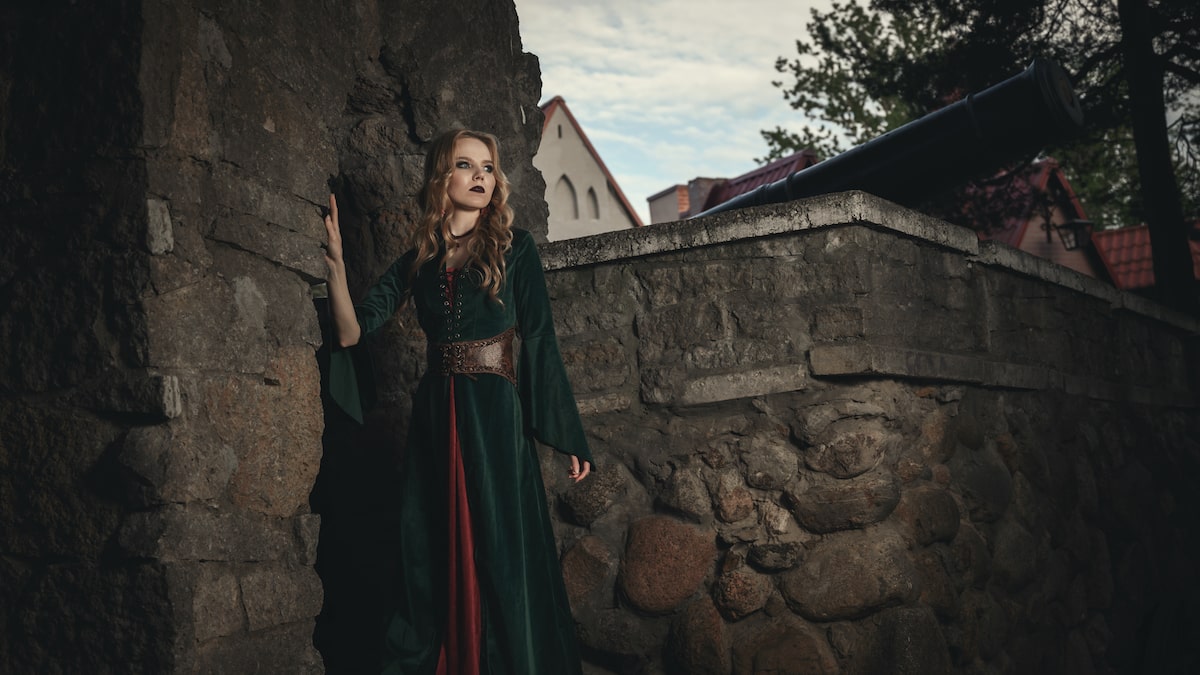 Dresses
Dresses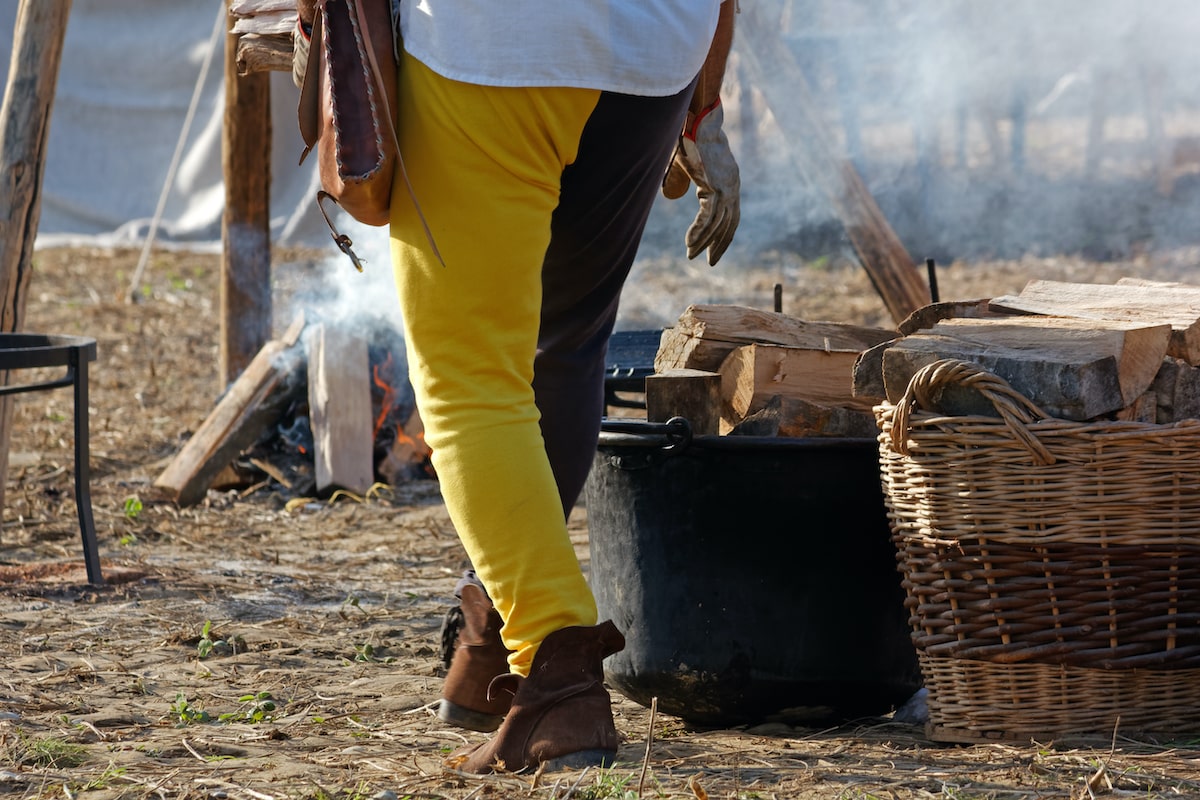 Pants
Pants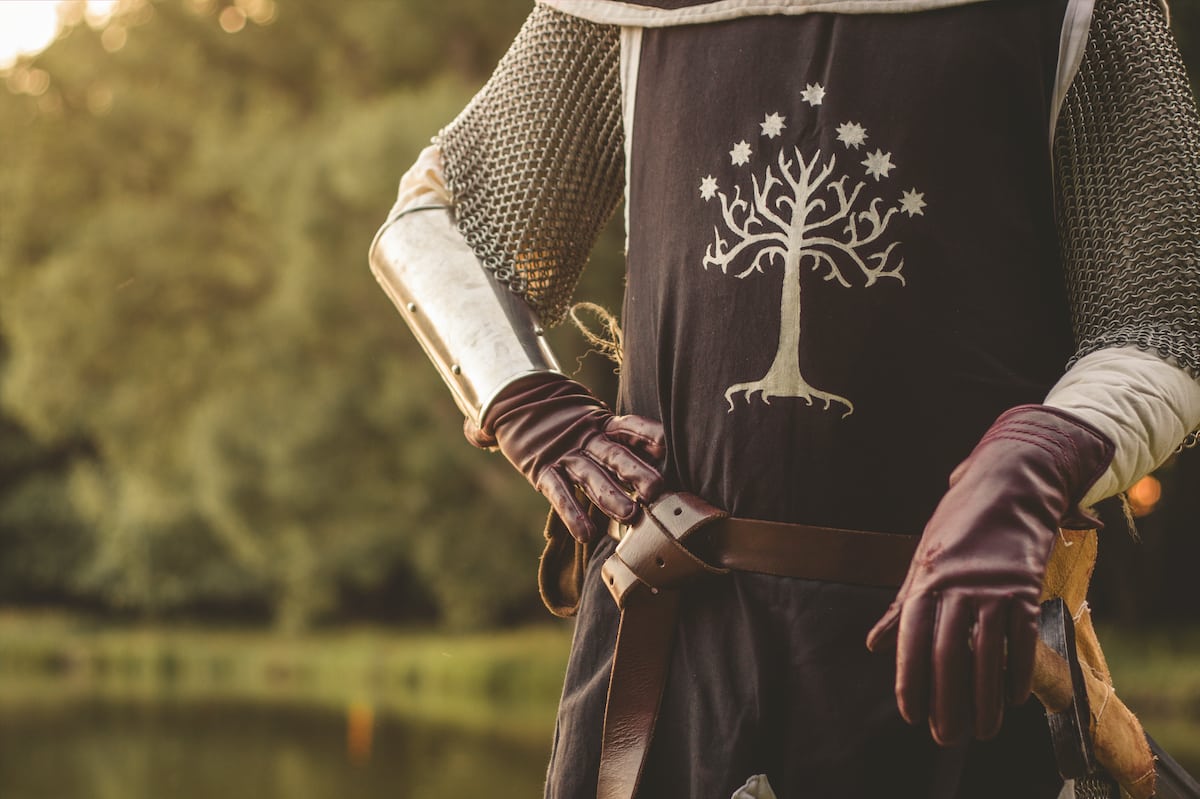 Gloves
Gloves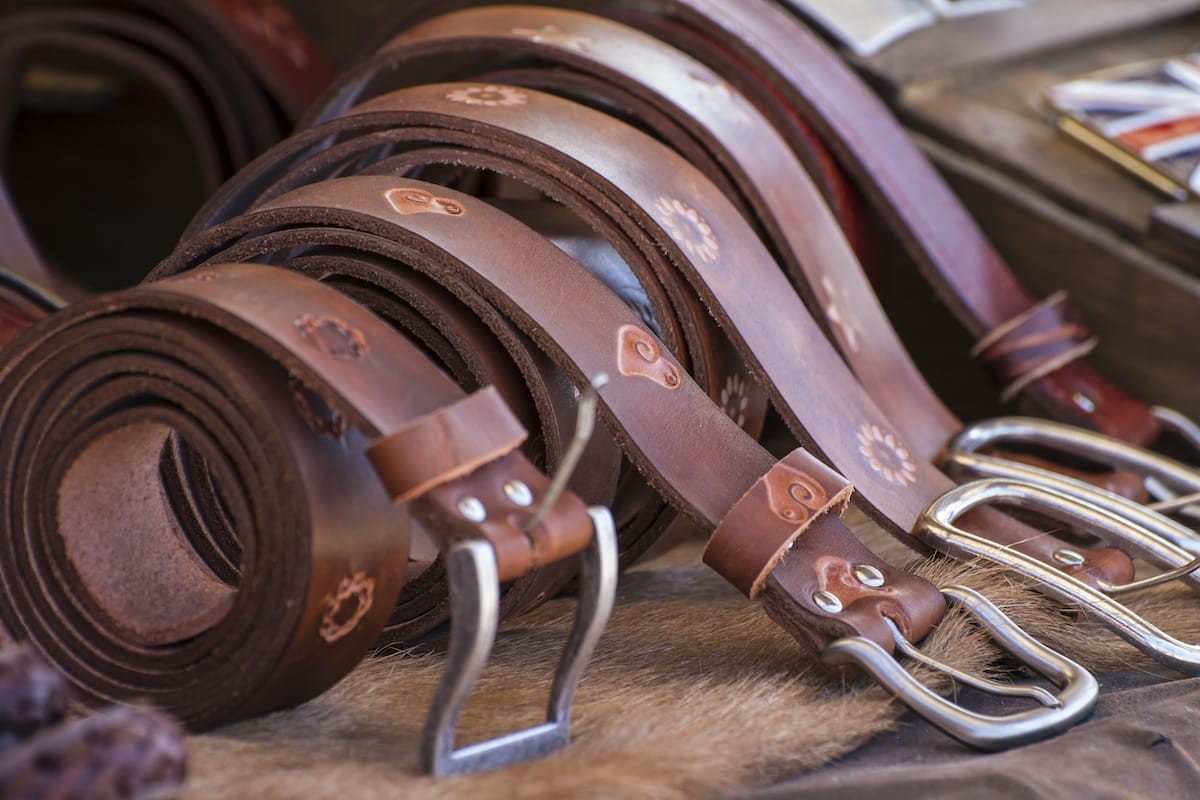 Belts
Belts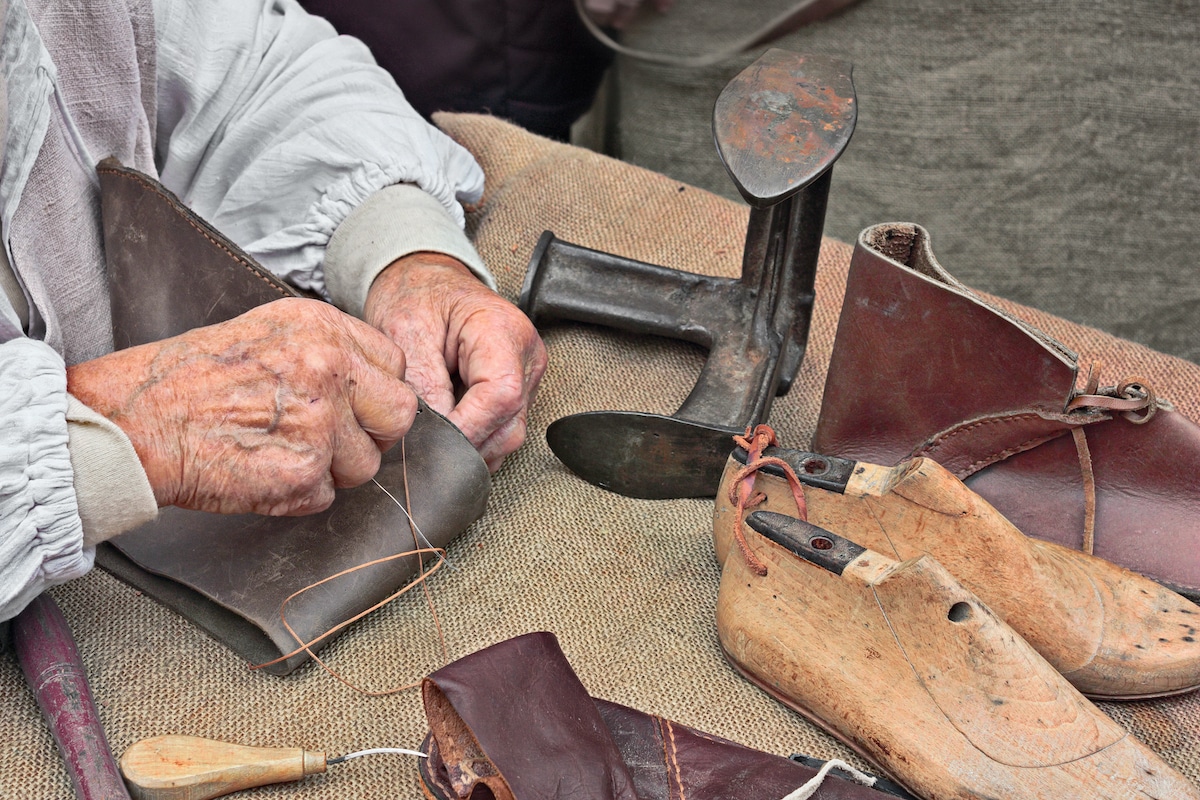 Shoes
Shoes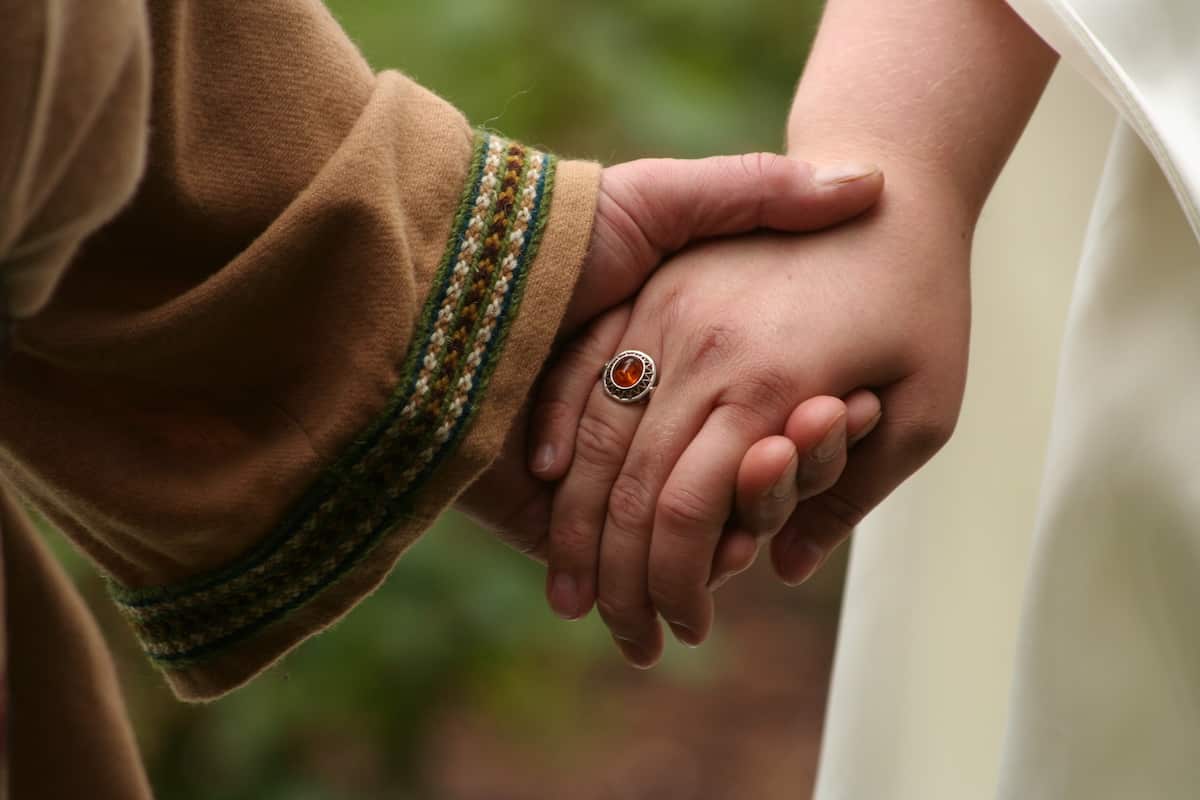 Rings
Rings Necklaces & Pendants
Necklaces & Pendants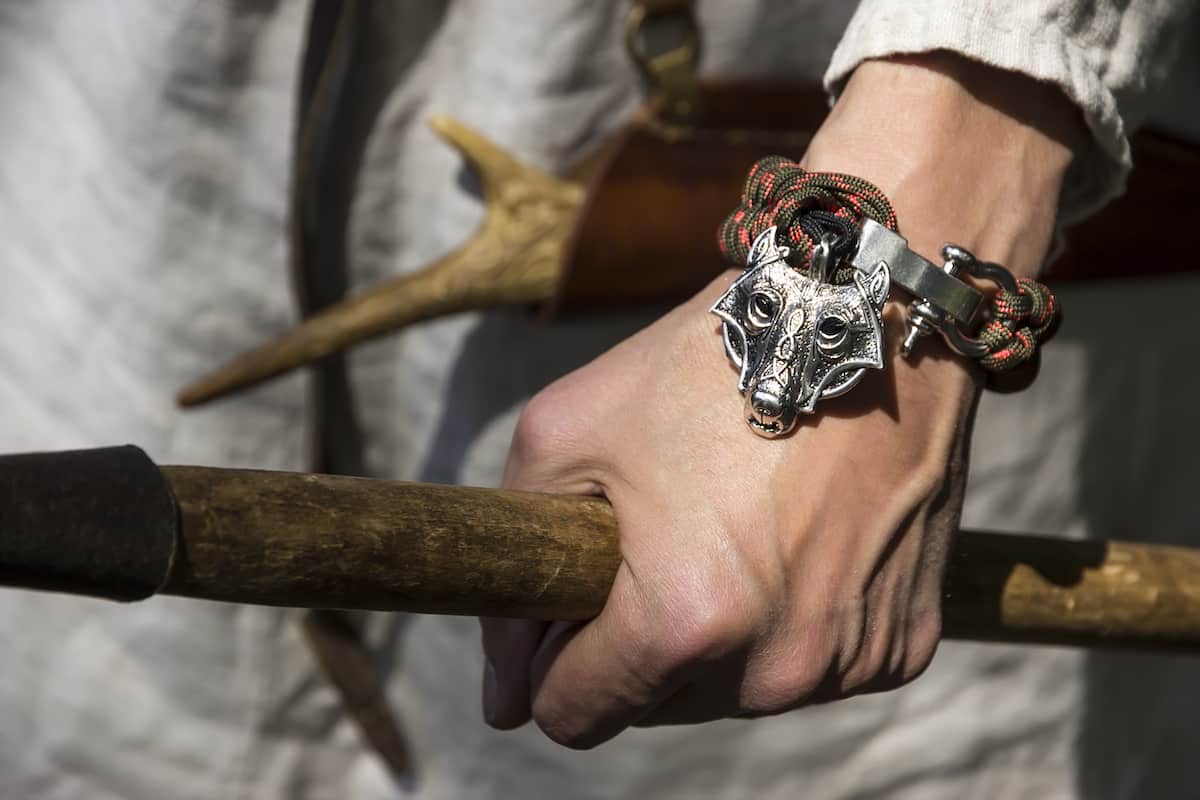 Bracelets
Bracelets
